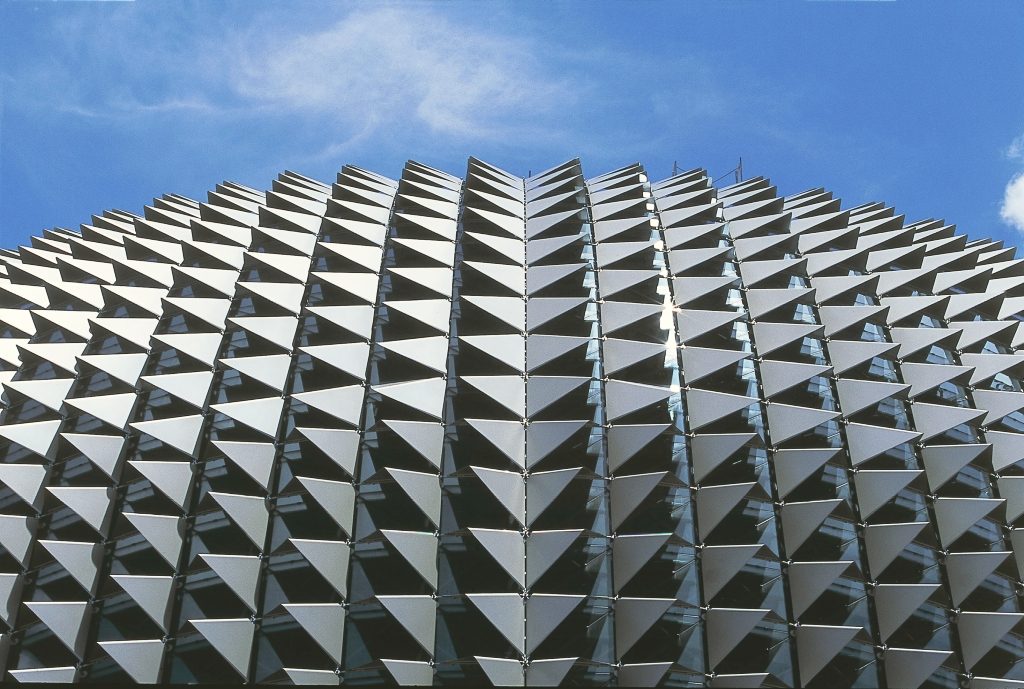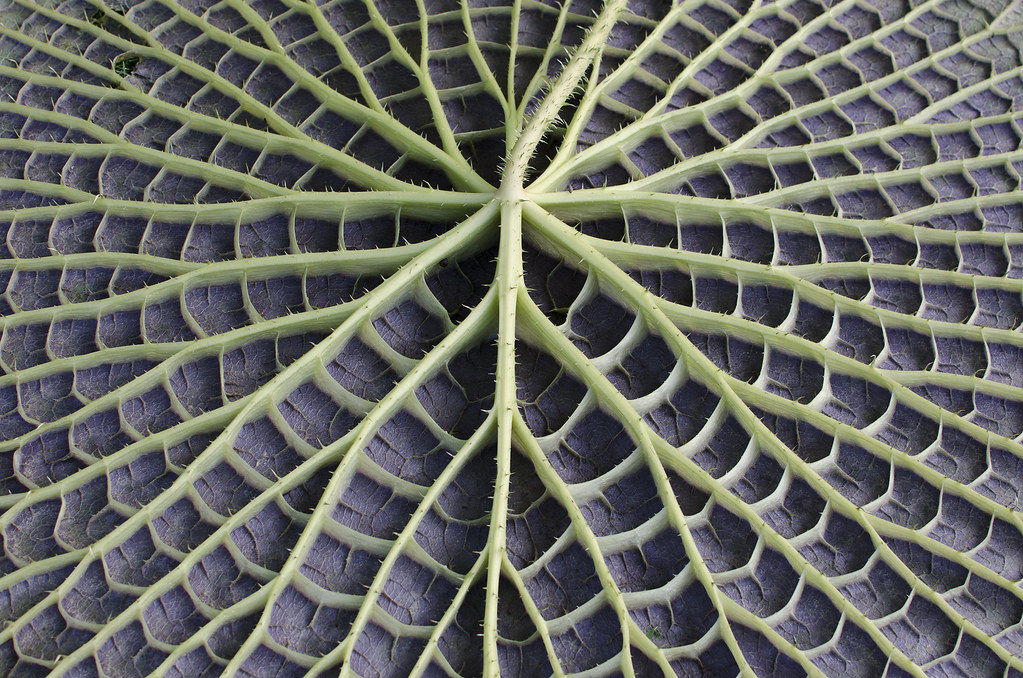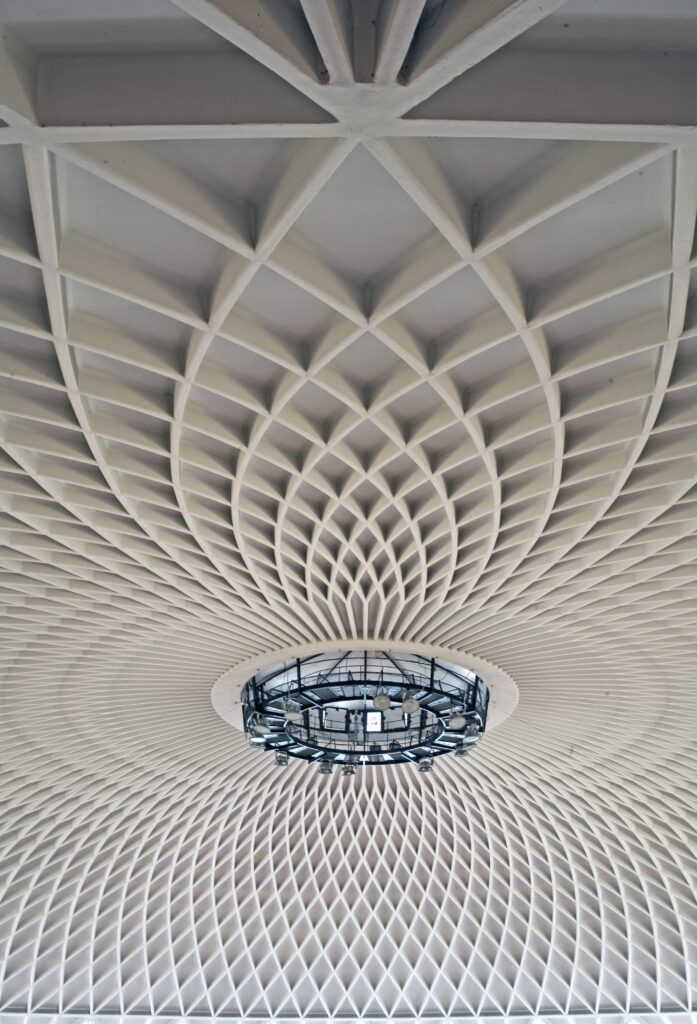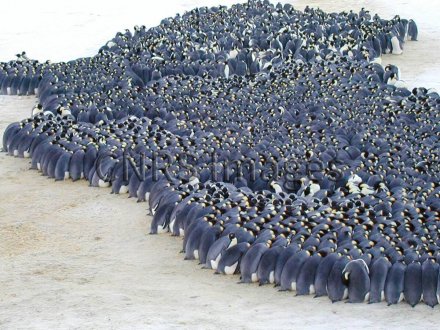Biomimicry: when the living world inspires buildings
First of all, what is biomimicry? The term first appeared in scientific literature in 1962. Specialists define it as “the implementation of quality design based on nature” or “as the conscious imitation of the genius of nature”. It is also known as bio-inspired design or biodesign.

In her book, biomimicry papess Janine Benyus lists a number of principles or laws:
- Nature runs on solar energy
- Nature only uses the energy it needs
- Nature adapts form to function
- Nature recycles everything
- Nature rewards cooperation
- Nature bets on diversity
- Nature values local expertise
- Nature limits excesses from within
- Nature turns limits into opportunities
Architects such as Le Corbusier and Frank Lloyd Wright drew a great deal of their inspiration from forms found in nature, both for aesthetic and constructive reasons. Shapes, structures and materials can be designed according to the logic of living organisms and plants. Nature makes very restrained use of materials, applying folds, arches, ribs, swellings and many other processes. The architect-engineer Pier Luigi Nervi, in particular, frequently drew inspiration from natural specimens to create efficient structures such as the Palazetto dello Sport, which bears a striking resemblance to the Victoria amazonica leaf. In both cases, a T-shaped structure gives rigidity to a thin layer.


In the face of societal crises, biomimicry offers keys to rethinking the city and its spaces. The challenge is to make cities more resilient and habitable, while reducing their carbon footprint.
The architectural firm Béchu & Associés has developed a housing project inspired by the behaviour of penguins. The residential area is located in Skolkovo, Russia, and the survival strategies of penguins have been transposed to the spatial organisation of the project. The penguins group together in dense concentric circles to protect themselves from the cold, which optimises the thermal regulation of the colony by creating heat islands.


This results in individual houses arranged in clusters of 9 around communal spaces, forming distinct blocks. Each cluster is oriented to maximise sunlight. This radioconcentric, staggered layout of the ground plan optimises thermal comfort by protecting the heart of the blocks from cold winds, saving 5°C in temperature while maximising the amount of sunshine for the homes. The density of the buildings acts as an insulator, like the compact grouping of penguins. Between the buildings, a network of alleyways and squares reproduces the interstices between the penguins, allowing air and heat flows to circulate.
This project is just one of many that feature innovations based on the observation of living organisms and how they function. Applying biomimetic principles to the development of urban or property projects requires a major R&D or research-action process. Inventive and unique concepts of spatial organisation and load-bearing structures often emerge, as do forms and spaces that are in harmony with the landscape.
https://www.bechuetassocies.com/#contact_section
https://www.ruedelechiquier.net/essais/19-biomimetisme.html
https://www.ruedelechiquier.net/essais/243-biomimetisme-et-architecture.html

